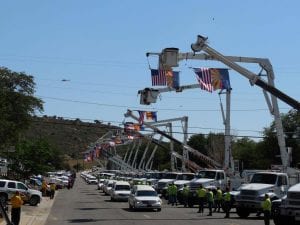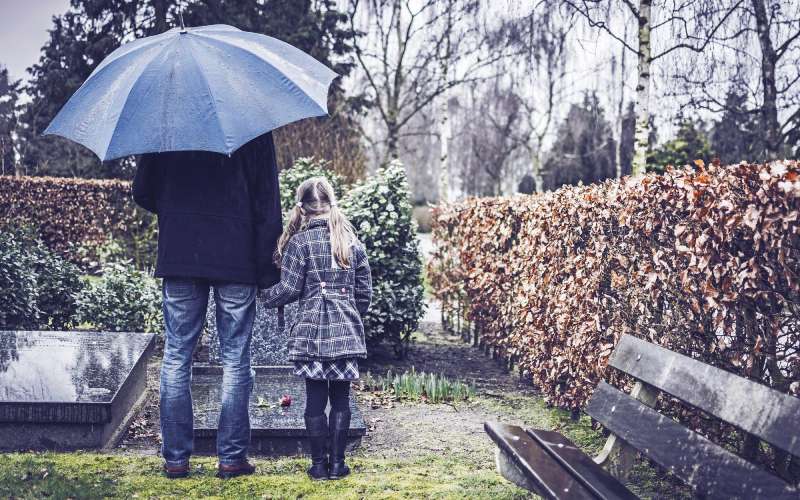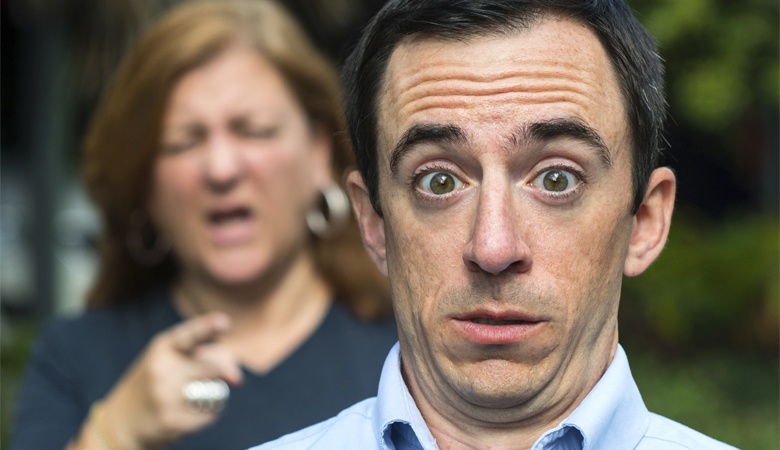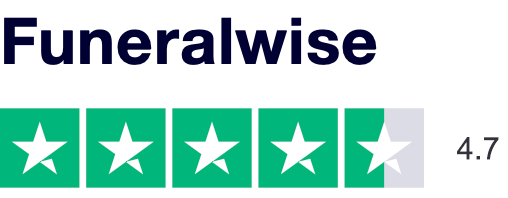Firefighter Funerals & Memorial Service Rituals and Customs
 Firefighter funerals and memorial services are ripe with tradition. These traditions are designed to give the proper respect upon the passing of our local heroes who put their lives at risk daily for the public. Fire department customs play an important role in honoring firefighters who have passed. Full military-style honors are accorded to those who die in the line of duty.
Firefighter funerals and memorial services are ripe with tradition. These traditions are designed to give the proper respect upon the passing of our local heroes who put their lives at risk daily for the public. Fire department customs play an important role in honoring firefighters who have passed. Full military-style honors are accorded to those who die in the line of duty.
Our purpose is to present an overview of fire department traditions relating to firefighter funerals and memorial services. It isn’t necessary for us to re-create the detailed guides and procedural manuals for firefighter funerals that are available online; instead, we will point our readers to the best resources for information on firefighter funerals. The information presented here is intended to be helpful to the firefighter’s family, friends, and fire department.
Although individual fire departments tend to have their own ways of doing things, there are many points of agreement on how to properly memorialize a fallen firefighter. For example, a “Last Alarm Service” might call for tolling the bell three times, or for tolling the bell in three sets of fives. What everyone seems to agree upon, however, is that a bell service is an appropriate part of firefight funerals and memorial services. A “Placing of the Glove” service, in which department members remove their right gloves and place them on the casket, is less common.
Where to Start with Planning Firefighter Funerals/Memorial Services
The starting point for planning a firefighter’s memorial service is the final wishes of the firefighter if they are known. Fire departments that plan ahead for these occasions (hoping, of course, these plans will never be needed) are wise to ask each firefighter to write down exactly what is desired at a memorial. This can include the choice of music, pallbearers, clergy, interment, and any other details the firefighter cares to designate.
Next, after the firefighter’s directives, the family must be consulted. Their wishes outweigh the traditions of the fire department, so while the fire department’s family liaison should present all the options, the family can select only those elements of the service they wish to have included. For example, tradition might call for an honor guard to stand watch at the casket during the wake or viewing; the family may decline for any reason. They should fully understand the options presented but not be pressured into including a tradition simply because the department (or the chief) wants it, or “the public expects it.”
Procedures Immediately after a Line of Duty Death
The family must be notified before the press. When the family has been informed according to department policy, the period of mourning begins. The signs of mourning can include shrouded badges, bunting placed on the station’s sign (and on the firefighter’s engine or apparatus during the funeral procession), and the American flag at the station lowered to half-staff.
Most departments assign a member to be the family liaison. It is especially important for one person to act as the family’s single point of contact with the department, and if that person knows the family well, so much the better. Support should be made available to the survivors 24 hours a day. Larger departments assign a Survivor Action Officer, who has a team of liaisons that work on various aspects of the funeral. For example, the Family Liaison Officer discusses with the family the various options for a traditional funeral with full military-style honors, while the Funeral Officer makes the actual funeral arrangements, and the Cemetery Officer handles the arrangements for interment or inurnment. If the department has a chaplain, some of these responsibilities will fall on his or her shoulders.
Other responsibilities that can be taken on by the department include assigning an honor guard for the wake or viewing, finding a color guard for the funeral, naming ushers for the service, and selecting pallbearers to carry the casket or cremated remains. The department also can find a location that will accommodate a large funeral, make arrangements for the funeral procession, and plan a luncheon or other gathering after the service. One or more of the department officials may write a eulogy based on a close personal friendship or knowledge of the deceased. All of these decisions must take into consideration the final wishes of the deceased and the preferences of the family.
Honor Guard and Walk-Through for the Viewing
If the family has requested an honor guard, the detail needs to be chosen, or the family can request specific department members. The honor guard’s primary duty is to stand vigil during the wake or viewing. A team of two takes a 15-minute watch (beginning 30 minutes before the viewing and ending 30 minutes after), one at the head and one at the foot of the casket. A second team relieves them every 15 minutes.
Some departments expand the honor guard to include the pallbearers and a color guard for the funeral. All of these functions require up to 18 people, with designations and training needed for those responsible for standing guard at the casket, carrying the flags, folding the flag that draped the casket, and performing other duties.
A “walk-through” is a formal ceremony during the wake or viewing. At a predetermined time, uniformed members and dignitaries enter and pass single file by the casket. Each firefighter stops briefly at the casket to pay tribute to the deceased. The family should be informed of the exact time and procedure for the walk-through.
Etiquette for uniformed members
The area of most confusion seems to be, “When do I remove my cover?” The answer is, when entering the funeral home or church unless you are a pallbearer or member of the honor guard or color guard. They may wear their hats at all times. Others put their hats on when they go back outside.
The other question is whether to salute the casket indoors with hat on or off. Protocol seems to contradict itself here: don’t wear your hat indoors, but don’t salute unless you’re wearing your cover. A suggestion from Richard N. of the Orrville, OH, Fire Department addresses the problem:
I had been trained to remove my “cover” once inside. However, it is not proper to salute if you are not wearing a hat. In my experience, when you approach the casket of the fallen brother/sister, you stop, say a short prayer, put on your hat, come to attention with a sharp salute and then slowly lower the salute, turn and depart, removing your hat once you return to your seat or point of assembly.
Contributor: Jenny Mertes




